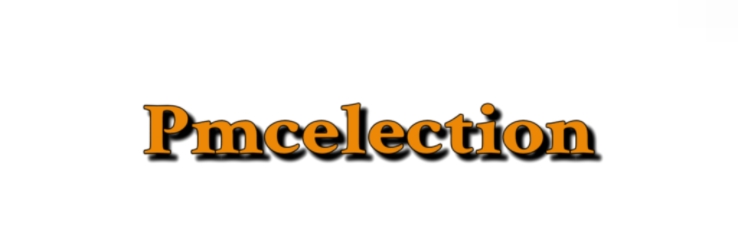Mastering Vacuum Decay Leak Test Method F2338
The importance of leak testing in various industries cannot be overstated, especially when it comes to ensuring product safety and quality. One method that has stood out in recent years is the vacuum decay leak test method F2338. This technique is particularly beneficial for its precision and reliability, making it a preferred choice among professionals in sectors such as medical device manufacturing, food packaging, and pharmaceuticals.
Contact us to discuss your requirements of vacuum decay leak test method f2338. Our experienced sales team can help you identify the options that best suit your needs.
Understanding Vacuum Decay Leak Test Method F2338
The vacuum decay leak test method F2338 is a non-destructive testing technique that measures the integrity of packages and products. It involves subjecting a sealed item to a vacuum environment, where any leaks will cause a decrease in pressure. This method is highly effective for identifying small leaks that could compromise the sterility of medical devices or the shelf life of food products.
In the medical device industry, the vacuum decay leak test method F2338 plays a crucial role in ensuring that products such as syringes, implants, and surgical tools are safe for use. Regulatory agencies require extensive testing to validate that devices maintain their integrity. By employing this testing method, manufacturers can ensure compliance and enhance patient safety.
Enhancing Food Packaging Quality
In the food packaging industry, maintaining the quality and safety of products is paramount. The vacuum decay leak test method F2338 assists in verifying that vacuum-sealed packages are airtight and free from leaks. Any breach in packaging can lead to spoilage, contamination, or loss of flavor. By adopting this method, food manufacturers and packagers can minimize waste, extend shelf life, and uphold their reputation for quality.
Pharmaceutical and Biotech Applications
The pharmaceutical sector also benefits from the vacuum decay leak test method F2338. For drug packaging involving sterile solutions or sensitive compounds, maintaining a sealed environment is vital. Any leaks in packaging can lead to contamination, affecting drug efficacy and patient safety. This method’s ability to detect even the smallest leaks ensures that pharmaceutical products remain uncontaminated throughout their lifecycle.
Technological Advancements
Recent advancements in technology have further enhanced the effectiveness of the vacuum decay leak test method F2338. Automated systems equipped with advanced sensors and data analysis software can now perform these leak tests with unparalleled accuracy. This progress allows for real-time monitoring and reporting, significantly improving the efficiency of quality control processes across various industries.
Environmental Considerations
As businesses become increasingly aware of their environmental impact, the vacuum decay leak test method F2338 also fits into sustainability efforts. By ensuring that products are sealed correctly and function properly, manufacturers can reduce the waste generated from defective or spoiled goods. This contributes to more sustainable operations and supports companies in achieving their environmental goals.
Conclusion
In summary, the vacuum decay leak test method F2338 has established itself as a vital tool across multiple industries. Its application in the medical device, food packaging, and pharmaceutical sectors highlights its versatility and importance in maintaining safety and quality standards. As technology continues to advance, the efficacy and efficiency of this testing method will only improve, providing even greater value to manufacturers. By mastering the vacuum decay leak test method F2338, companies can ensure that they produce safe, high-quality products that meet the expectations of both regulators and consumers.
For more pressure decay methodinformation, please contact us. We will provide professional answers.

